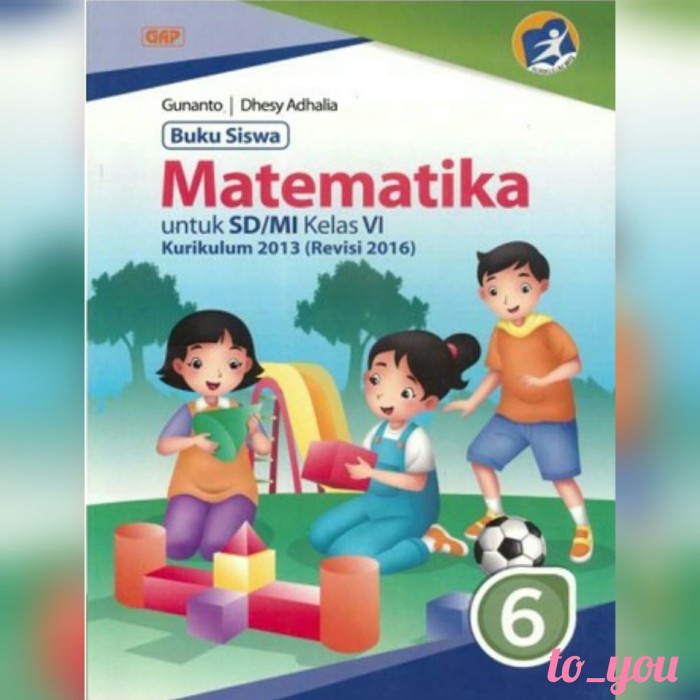
Pengumpulan data dilakukan melalui observasi dan tes kemampuan berpikir kritis untuk mengukur kemampuan berpikir berpikir kritis peserta didik kemudian selanjutnya data dianalisis dengan menggunakan analisis deskriptif-inferensial. Desain penelitian yang digunakan adalah Posttest Only Control Group Design. Penelitian ini bertujuan untuk : memeroleh informasi tentang profil perangkat pembelajaran berbasis masalah, mengetahui apakah kemampuan berpikir kritis yang diperoleh peserta didik yang diajar melalui model pembelajaran berbasis masalah lebih baik dibandingkan dengan peserta didik yang diajar tanpa melalui model pembelajaran berbasis dan mengetahui respon peserta didik terhadap perangkat pembelajaran fisika berbasis masalah untuk meningkatkan kemampuan berpikir kritis peserta didik. The results of validation and testing of learning tools show that the tools meet the criteria of learning tools developed, referring to valid, practical, and effective.Ībstrak. The students’ learning outcomes obtained a classical average value of 74.2. The response of student books was obtained by 83.2% of students who gave positive responses to student books and 82.6% of students who gave positive responses to student worksheets.

The teacher's response showed that, on average, 82% of the lesson plan assessment aspects are responded positively by the teacher. Learning implementation 96.86% and carried out well. The average assessment of two aspects on the student worksheets was 3.75 with valid criteria. The average assessment of three aspects of the student book was 3.97 with valid criteria. The average assessment of the three aspects of the teacher's book was 3.98 with valid criteria. The average assessment of the four aspects of the lesson plan was 3.89 with valid criteria. The resulting tools include lesson plan, student books, teacher books, and student worksheets. The instruments of research are expert validation sheets, practicality assessment sheets, and effectiveness assessment sheets. The research subjects were grade VIII students of SMPN 2 Takengon.

This type of research used the Plomp development model, which consists of three phases, namely the initial investigation phase, the development or prototyping phase, and the assessment phase.

This study aims to produce learning tools using Realistic Mathematics Education approach to relations and functions material.


 0 kommentar(er)
0 kommentar(er)
